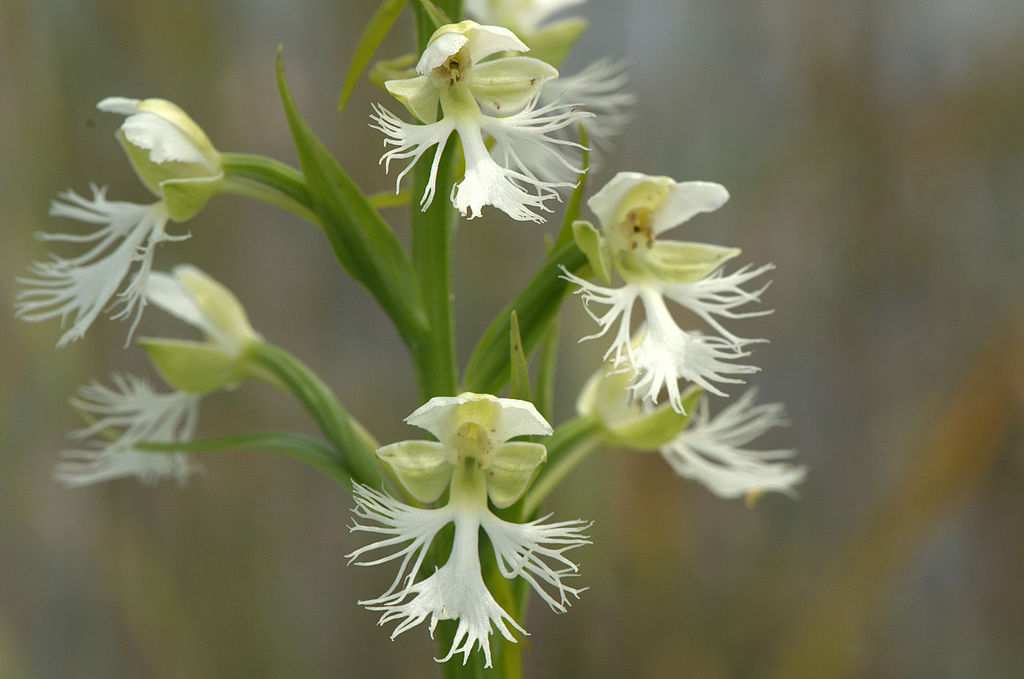- Researchers analyzed the amount of time it took for 1,338 species to become listed for protection under the ESA between 1973 and 2014.
- The average processing time for species listing was 12 years, the study found, six times that of the mandated timeline. For some species, the processing time was even longer, taking more than 37 years.
- The processing time was also usually shorter for vertebrates (including reptiles, fish, birds, amphibians and mammals) than for invertebrates and flowering plants.
Delays in listing endangered species on the U.S.’s endangered species list is pushing many of them towards extinction, a new study has found.
The Endangered Species Act (ESA), one of U.S.’s leading environmental laws, serves to protect species that are at risk of extinction. But to receive protection, species must be first listed as threatened or endangered by the U.S. Fish and Wildlife Service (FWS). This listing process has a two-year timeline, according to an amendment passed by the Congress in 1982.
But many species end up waiting for much longer, a study published in Biological Conservation has found.
Researchers analyzed the amount of time it took for 1,338 species to become listed for protection under the ESA between 1973 and 2014, and found that the average processing time was 12 years, six times longer than the two-year timeline. For some species, the processing time was even longer, taking about 38 years.
“The distribution of the [processing] times surprised me the most, specifically the longest times,” lead author Emily Puckett, a recent doctorate from the University of Missouri, told Mongabay. “Some of the plant species waited almost the entire history of the ESA before being listed. Given that we only analyzed listed species and not species still under consideration, there may be additional species that remain imperiled and without protection afforded by the law.”

Puckett and her team also found that the listing process was biased towards certain groups: vertebrates (including reptiles, fish, birds, amphibians and mammals) were usually processed much faster than invertebrates and flowering plants. The island night lizard, for example, was listed in 1.19 years, researchers say, while the prairie fringed orchid was listed in 14.7 years.
Such biases can have serious conservation implications. Some 42 species have gone extinct between 1973 and 1995 due to delay in the listing process, according to previous studies.
“Listing is the first step in the ESA,” Puckett explained. “The faster this process occurs, the sooner a species gains access to the immediate protections afforded by listing (protection from take and trade and consultation). But more importantly, the species is now eligible for having critical habitat designated, a recovery plan written, and recovery funds allocated. These three steps also have delays and biases that need to be addressed, but without listing a species has no access. If listing delays are longer for invertebrates and plants, then they continue to decline without access to these protections. As these species can support the base of food webs, their extinction could have cascading effects.”

On Tuesday, the Center for Biological Diversity (CBD) filed a formal notice with intent to sue the U.S. FWS for delaying the listing process of more than 417 species of animals and plants under the Endangered Species Act. Most of these species were petitioned for listing between 2008 and 2010,
“Delayed protection can be deadly for species already on the brink of extinction,” Noah Greenwald, co-author of the study and endangered species director at the CBD, said in a statement. “The longer we wait, the more difficult — and expensive — it becomes to save them. Simply put, the U.S. Fish and Wildlife Service needs to be acting more quickly to decide which species will be protected so the recovery process can begin.”
CITATION:
- Puckett E.E., Kesler, D.C. & Greenwald D.N. (2016) Taxa, petitioning agency, and lawsuits affect time spent awaiting listing under the US Endangered Species. Biological Conservation. Vol 201, pp220-229, http://dx.doi.org/10.1016/j.biocon.2016.07.005